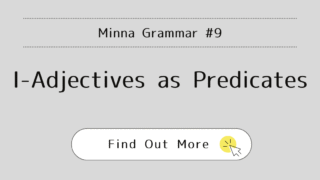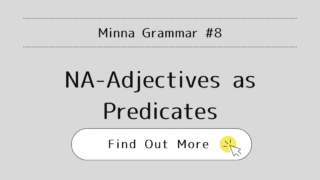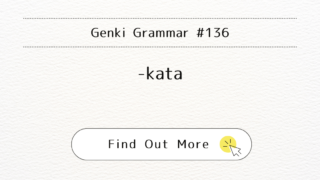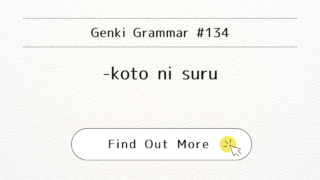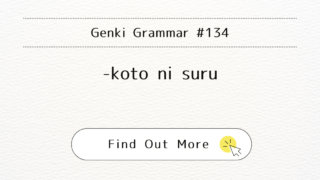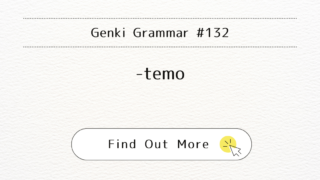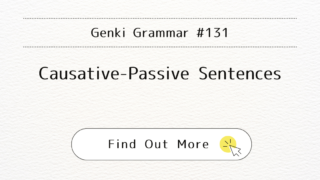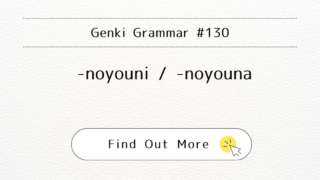 Journey to Japanese Mastery
Journey to Japanese Mastery Minna Grammar #10: How to Say “There is Something in a Place” in Japanese
This beginner-friendly guide explains how to say “There is something in a place” in Japanese using arimasu and imasu, with helpful examples and usage notes.

